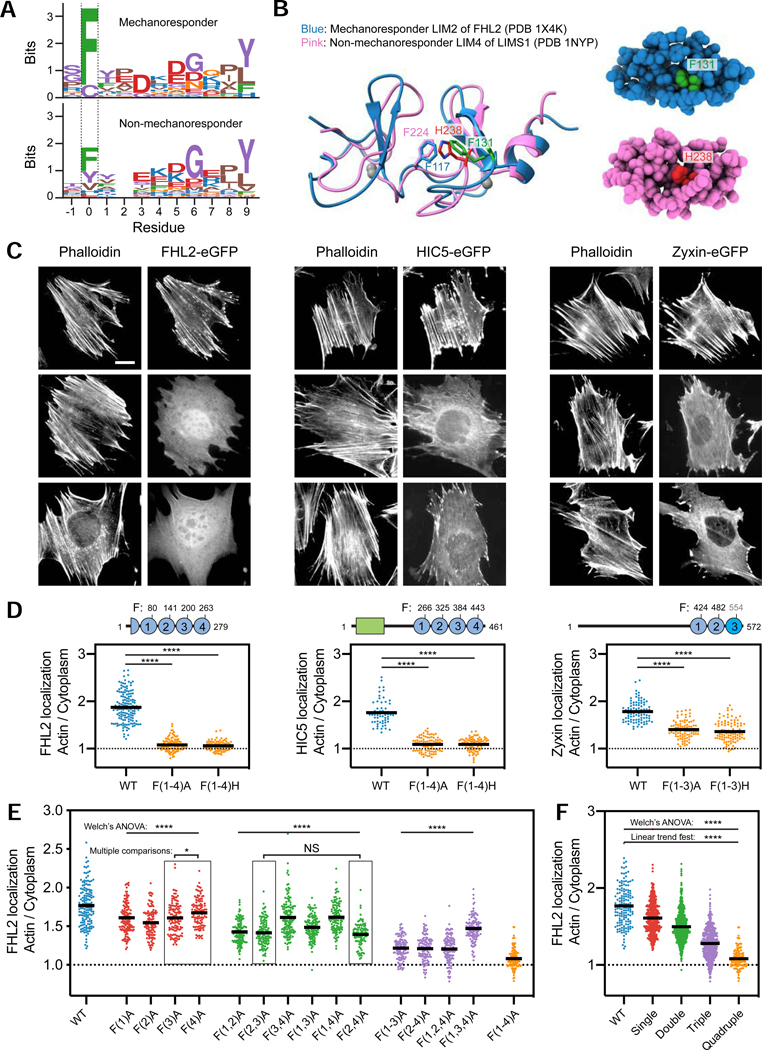Figure 4. Conserved phenylalanines in mechanoresponder LIM domains additively contribute to mechano-accumulation.
(A) Multiple sequence alignment logos highlight the conserved phenylalanine (position 0) in mechanoresponder LIM domains (top), which is variable in non-mechanoresponder LIM domains (bottom). (B) Superimposed ribbon diagrams (left) and space-filling representations (right) of FHL2 LIM2 and LIMS1 LIM4. The conserved phenylalanine in FHL2 LIM2 (F131) and the histidine at the same location in LIMS1 LIM4 (H238) are highlighted in green and red, respectively. (C) Epifluorescence micrographs of MEFs expressing the indicated eGFP-labeled constructs, stained with phalloidin to label F-actin. Scale bar, 20 μm. (D) Top: Primary sequence positions of conserved phenylalanines. The divergent third LIM domain of zyxin is highlighted in bright blue. Bottom: Whole-cell actin enrichment of constructs shown in C. Left, FHL2 (84 ≤ n ≤ 151); middle, HIC5 (60 ≤ n ≤ 87); right, zyxin (90 ≤ n ≤ 101). N = 2 biological replicates. Games-Howell’s multiple comparison test after Welch’s ANOVA: **** p < 0.0001. (E) Whole-cell actin enrichments of FHL2 constructs with zero (blue, n = 151), one (red, 112 ≤ n ≤ 138), two (green, 93 ≤ n ≤ 138), three (purple, 109 ≤ n ≤ 121), and four (orange, n = 112) phenylalanine mutations. N = 2 biological replicates. Welch’s ANOVA test: **** p < 0.0001. (F) Actin enrichments of mutant constructs from E, pooled by number of lesions. Welch’s ANOVA test: **** p < 0.0001. Linear trend test (Altman, 1990): **** p < 0.0001. See also Figure S4.

